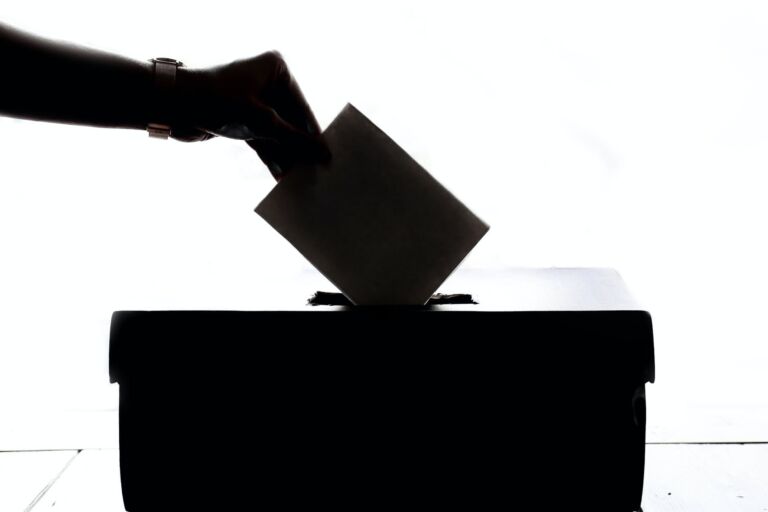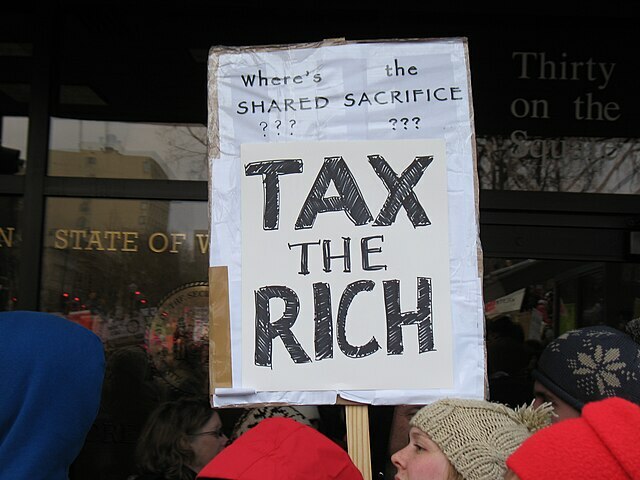Large majorities of North Carolina voters support enshrining additional rights and responsibilities in the state constitution in the latest polling by the Civitas Institute. Three-quarters of respondents said people should have the right to work and 72 percent support a right to hunt, fish, and harvest wildlife. Nearly as many, 69 percent, said people should provide photo ID before voting. Two-thirds of respondents favored capping the income tax rate at 5.5 percent, which is higher than the current 5.499 percent rate and the 5.25 percent rate set to take effect in January.
Of five possible amendments the survey asked about, only one to limit government spending received less than a majority. Just 17 percent of respondents opposed the idea, but fully one-third of respondents said they were not sure about it. The wording of the question was the standard description policy folks use to describe how a limit should work, but it sounds like a word problem from high school math, which probably leaves a number of people unsure what the question even means when asked over the phone. Here it is in all its complexity:
A state constitutional amendment limiting the annual growth of the state budget to a percentage equal to the sum of annual inflation and the state’s annual population growth rate
It might as well ask for voters’ opinions of the provisions of Section 6 of Article 4 of G.S. 143C. I know what the proposal is, and I’m still not sure I know what the question is asking. This is a missed opportunity because state government’s spending affects everything else it does.
Spending is the lifeblood of state government. Agencies have missions, but like any private sector business, they cannot function without money. Cut off the flow of money to an area of state government and the activity stops. Send more money, and the area grows.
Current spending leads to future taxes. Lower spending allows for more saving and lower taxes. Consider that between fiscal year (FY) 2000-01 and the peak budget appropriation in FY 2007-08, state government spending grew $172 per person (7 percent) adjusted for inflation, from $2,469 to $2,641 in 2017 dollars. To pay for the extra spending, Governors Mike Easley and Bev Perdue and the Democratically-controlled legislature imposed three rounds of $500 million temporary half-cent sales tax increases, one $250 million permanent quarter-cent sales tax increase, a $1 billion temporary one-cent sales tax increase and $200 million in temporary income tax surcharges on corporations and individuals earning more than $60,000 a year. Altogether, between 2001 and 2011, North Carolina taxpayers sent $6.2 billion more to Raleigh as a result of spending growth in seven years of just 0.97 percent each year.
In contrast, since 2011, taxpayers have kept nearly $13 billion as result of temporary tax expirations and rate reductions, even after including higher revenues from imposing sales taxes on more services, with another $2.8 billion in savings expected in the next fiscal year. The state has set aside more than $2 billion in savings and unreserved cash to help weather the next recession without raising taxes. Economic growth and legislative spending restraint made these results possible. Budgeted appropriations per person for FY 2018-19 are 1.5 percent lower, adjusted for inflation, than in FY 2010-11. That is the power of reducing inflation-adjusted appropriations per person by just 0.2 percent each year.
I don’t know if it would be clearer to say, “State spending per person, adjusted for inflation, shall not increase from one year to the next.” At least it would get rid of the complicated language about the sum of the percentages (or the square of the hypotenuse).


